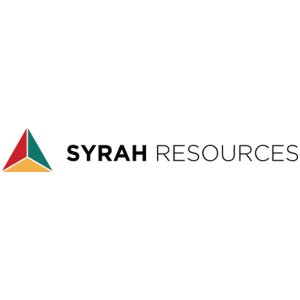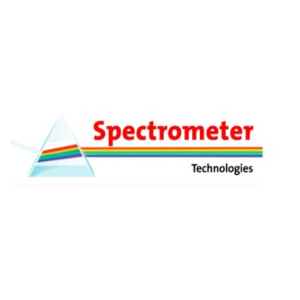Global production of low-carbon hydrogen is minimal
(5 May 2022, Cape Town) Currently, global production of low-carbon hydrogen is minimal, its cost is not yet competitive, and its use in promising sectors such as industry and transport remain limited, but there are encouraging signs that it is on the cusp of significant cost declines and widespread global growth, according to the IEA’s Global Hydrogen Review 2021.
Hydrogen is light, storable, and energy-dense, and its use as a fuel produces no direct emissions of pollutants or greenhouse gases. The main obstacle to the extensive use of low-carbon hydrogen is the cost of producing it. This requires either substantial amounts of electricity to produce it from water, or the use of carbon capture technologies if the hydrogen is produced from fossil fuels. Almost all hydrogen produced today comes from fossil fuels without carbon capture, resulting in close to 900 million tonnes of CO2 emissions, equivalent to the combined CO2 emissions of the United Kingdom and Indonesia.
Challenges for green hydrogen
However, green hydrogen, produced from renewable energy through electrolysis is seen as the most effective way to combat climate change. However, there are several challenges that need to be overcome for this technology to grow at the rate required. Access to low-cost and abundant renewable energy is one of the prime requisites, and in that scenario, Africa has a leading advantage.
According to the 'Scaling Up Renewable Energy Deployment in Africa' report from the International Renewable Energy Agency (IRENA), Africa could meet nearly a quarter of its energy needs from Indigenous and clean renewable energy by 2030. Modern renewables amounting to 310 GW could provide half the continent’s total electricity generation capacity. This corresponds to a sevenfold increase from the capacity currently available, which amounted to 42 GW. A transformation of this scale in Africa’s energy sector would require average annual investment of $70 billion US dollars to 2030, resulting in CO2 emissions reductions of up to 310 megatons per annum.
Low electricity cost is not enough by itself for competitive green hydrogen production, however, reductions in the cost of electrolysis facilities are also needed. This is the second largest cost component of green hydrogen production. According to IRENA's 'Green Hydrogen Cost Reduction' report, strategies to reduce investment costs for electrolysis plants from 40 per cent in the short term to 80 per cent in the long term are feasible. These strategies range from the fundamental design of the electrolyser stack to broader system-wide elements.
Mining’s role in green hydrogen production
According to the IEA, increased electrolyser production will affect demand for minerals, particularly nickel and platinum group metals (depending on the technology type). The catalysts in polymer electrolyte membrane (PEM) electrolysers require 300 kg of platinum and 700 kg of iridium per GW. Therefore, if PEMs supplied all electrolyser production in 2030, demand for iridium would skyrocket to 63 kt, nine times current global production.
Experts believe, however, that demand for both iridium and platinum can be reduced by a factor of ten in the coming decade. Recycling PEM electrolyser cells can further reduce primary demand for these metals and should be a core element of cell design.
Meanwhile, solid oxide electrolyser cell (SOEC) production requires nickel (150-200 t/GW), zirconium (40 t/GW), lanthanum (20 t/GW) and yttrium (<5 t/GW). Better design in the next decade is expected to halve each of these quantities, with technical potential to drop nickel content to below 10 t/GW. Due to the higher electrical efficiency of SOECs, these mineral requirements are not directly comparable with alkaline and PEM electrolysers.
Africa and hydrogen
Of Africa’s annual consumption of three 3 Mt of hydrogen, 70 per cent is used in the chemical sector, mainly to produce nitrogen fertilisers that boost crop yields and replenish soil nutrients and are thus a critical component of food security across the continent.
Virtually all hydrogen production in Africa is currently based on fossil fuels, including the portion used to produce nitrogen fertilisers. The ability to produce hydrogen from renewables is therefore a fantastic opportunity for African countries to replace fossil fuel-based production, which in many cases depends on imports. This is particularly important for landlocked countries that face additional challenges in distributing fertiliser and securing the natural gas needed to produce it.
Africa’s potential to generate low-cost renewable electricity to produce low-carbon hydrogen is considerable. As electrolyser and renewable electricity generation costs continue to decline, cost parity with fossil fuel-based generation is a genuine prospect in the medium to long term in locations with the best renewable resources. In areas where the necessary transport and storage infrastructure is practical and scalable, low-cost natural gas equipped with CCUS is another option to produce low-carbon hydrogen for ammonia synthesis.
Some countries in the region have taken the first steps to seize the opportunities hydrogen can offer. Morocco is leading the way with its Green Hydrogen Cluster, established by the government to promote collaboration among private and academic stakeholders to support the emerging renewable hydrogen sector. With the dual objectives of collaborating in technology development and positioning Morocco as a potential exporting hub, the government has been building international partnerships with countries such as Germany and Portugal.
South Africa’s hydrogen valley
In South Africa, the government is attempting to match the synergies between platinum mining, renewable energy, and hydrogen production to form a hydrogen hub. The hydrogen valley will serve as an industrial cluster, bringing various hydrogen applications in the country together to form an integrated hydrogen ecosystem. The initiative is part of the work being done to support the implementation of the National Hydrogen Society Roadmap, which was recently approved by Cabinet, as well as phase 3 of the country's Economic Reconstruction and Recovery Plan.
Anglo American, in collaboration with South Africa’s Department of Science and Innovation (DSI), the South African National Development Institute (SANEDI), Engie and Bambili Energy, has announced the results of a feasibility study to explore the potential for a hydrogen valley anchored in the platinum group metals-rich Bushveld geological area, along the industrial and commercial corridor to Johannesburg and to the south coast at Durban.
“The opportunity to create new engines of economic activity through hydrogen has been validated through this feasibility study with our partners," Natascha Viljoen, CEO of Anglo American’s PGMs business, says. "As a leading producer of platinum group metals (PGMs), we have for some years been working towards establishing the right ecosystem to successfully develop, scale-up and deploy hydrogen-fuelled solutions. These include investing in innovative ventures and enabling technologies, as well as forging wide-ranging collaborations across industry, to fully harness the transformative potential of green hydrogen for our economy in South Africa.”
The feasibility study identifies three hubs – Johannesburg, extending to Rustenburg and Pretoria; Durban, encompassing the city itself and Richards Bay; and Limpopo province centred around Anglo American’s Mogalakwena PGMs mine – with a fundamental role to play in integrating hydrogen into South Africa’s economy, and in establishing South Africa and its abundant renewable energy resources as a strategically important centre for green hydrogen production. Nine key pilot projects have also been identified across these hubs and are recommended to be prioritised by developers. They span the transport, industrial, and construction sectors.
Following the publication of the feasibility study results, Anglo American will work with South Africa’s DSI and the other partners on the implementation of relevant projects, as well as continue to progress its own company-led initiatives towards development of the hydrogen economy.
Anglo American is already investing in renewable hydrogen production technology at its Mogalakwena PGMs mine and in the development of hydrogen-powered fuel cell mine haul trucks – the world’s largest to run on hydrogen.
For more information about the Investing in African Mining Indaba programme Click here
Hyve Group introduces the brand-new sister event of Mining Indaba. Green Energy Africa Summit will take place between 4-5 October 2022 in Cape Town, South Africa.
The GEA Summit advocates the importance of Africa’s low carbon future where sustainable mining will play a critical role in the development of renewable energy, with a huge demand in certain minerals for green technology.
GEA Summit offers mining companies the opportunity to engage with solution providers and investors who have a specific interest in developing industrial power solutions operating across the continent. Click here to download and learn more about our exhibition, sponsorship, and delegate opportunities.
Alternatively, Green Energy Africa Summit will also have stand 1324 at Mining Indaba
Hydrogen is light, storable, and energy-dense, and its use as a fuel produces no direct emissions of pollutants or greenhouse gases. The main obstacle to the extensive use of low-carbon hydrogen is the cost of producing it. This requires either substantial amounts of electricity to produce it from water, or the use of carbon capture technologies if the hydrogen is produced from fossil fuels. Almost all hydrogen produced today comes from fossil fuels without carbon capture, resulting in close to 900 million tonnes of CO2 emissions, equivalent to the combined CO2 emissions of the United Kingdom and Indonesia.
Challenges for green hydrogen
However, green hydrogen, produced from renewable energy through electrolysis is seen as the most effective way to combat climate change. However, there are several challenges that need to be overcome for this technology to grow at the rate required. Access to low-cost and abundant renewable energy is one of the prime requisites, and in that scenario, Africa has a leading advantage.
According to the 'Scaling Up Renewable Energy Deployment in Africa' report from the International Renewable Energy Agency (IRENA), Africa could meet nearly a quarter of its energy needs from Indigenous and clean renewable energy by 2030. Modern renewables amounting to 310 GW could provide half the continent’s total electricity generation capacity. This corresponds to a sevenfold increase from the capacity currently available, which amounted to 42 GW. A transformation of this scale in Africa’s energy sector would require average annual investment of $70 billion US dollars to 2030, resulting in CO2 emissions reductions of up to 310 megatons per annum.
Low electricity cost is not enough by itself for competitive green hydrogen production, however, reductions in the cost of electrolysis facilities are also needed. This is the second largest cost component of green hydrogen production. According to IRENA's 'Green Hydrogen Cost Reduction' report, strategies to reduce investment costs for electrolysis plants from 40 per cent in the short term to 80 per cent in the long term are feasible. These strategies range from the fundamental design of the electrolyser stack to broader system-wide elements.
Mining’s role in green hydrogen production
According to the IEA, increased electrolyser production will affect demand for minerals, particularly nickel and platinum group metals (depending on the technology type). The catalysts in polymer electrolyte membrane (PEM) electrolysers require 300 kg of platinum and 700 kg of iridium per GW. Therefore, if PEMs supplied all electrolyser production in 2030, demand for iridium would skyrocket to 63 kt, nine times current global production.
Experts believe, however, that demand for both iridium and platinum can be reduced by a factor of ten in the coming decade. Recycling PEM electrolyser cells can further reduce primary demand for these metals and should be a core element of cell design.
Meanwhile, solid oxide electrolyser cell (SOEC) production requires nickel (150-200 t/GW), zirconium (40 t/GW), lanthanum (20 t/GW) and yttrium (<5 t/GW). Better design in the next decade is expected to halve each of these quantities, with technical potential to drop nickel content to below 10 t/GW. Due to the higher electrical efficiency of SOECs, these mineral requirements are not directly comparable with alkaline and PEM electrolysers.
Africa and hydrogen
Of Africa’s annual consumption of three 3 Mt of hydrogen, 70 per cent is used in the chemical sector, mainly to produce nitrogen fertilisers that boost crop yields and replenish soil nutrients and are thus a critical component of food security across the continent.
Virtually all hydrogen production in Africa is currently based on fossil fuels, including the portion used to produce nitrogen fertilisers. The ability to produce hydrogen from renewables is therefore a fantastic opportunity for African countries to replace fossil fuel-based production, which in many cases depends on imports. This is particularly important for landlocked countries that face additional challenges in distributing fertiliser and securing the natural gas needed to produce it.
Africa’s potential to generate low-cost renewable electricity to produce low-carbon hydrogen is considerable. As electrolyser and renewable electricity generation costs continue to decline, cost parity with fossil fuel-based generation is a genuine prospect in the medium to long term in locations with the best renewable resources. In areas where the necessary transport and storage infrastructure is practical and scalable, low-cost natural gas equipped with CCUS is another option to produce low-carbon hydrogen for ammonia synthesis.
Some countries in the region have taken the first steps to seize the opportunities hydrogen can offer. Morocco is leading the way with its Green Hydrogen Cluster, established by the government to promote collaboration among private and academic stakeholders to support the emerging renewable hydrogen sector. With the dual objectives of collaborating in technology development and positioning Morocco as a potential exporting hub, the government has been building international partnerships with countries such as Germany and Portugal.
South Africa’s hydrogen valley
In South Africa, the government is attempting to match the synergies between platinum mining, renewable energy, and hydrogen production to form a hydrogen hub. The hydrogen valley will serve as an industrial cluster, bringing various hydrogen applications in the country together to form an integrated hydrogen ecosystem. The initiative is part of the work being done to support the implementation of the National Hydrogen Society Roadmap, which was recently approved by Cabinet, as well as phase 3 of the country's Economic Reconstruction and Recovery Plan.
Anglo American, in collaboration with South Africa’s Department of Science and Innovation (DSI), the South African National Development Institute (SANEDI), Engie and Bambili Energy, has announced the results of a feasibility study to explore the potential for a hydrogen valley anchored in the platinum group metals-rich Bushveld geological area, along the industrial and commercial corridor to Johannesburg and to the south coast at Durban.
“The opportunity to create new engines of economic activity through hydrogen has been validated through this feasibility study with our partners," Natascha Viljoen, CEO of Anglo American’s PGMs business, says. "As a leading producer of platinum group metals (PGMs), we have for some years been working towards establishing the right ecosystem to successfully develop, scale-up and deploy hydrogen-fuelled solutions. These include investing in innovative ventures and enabling technologies, as well as forging wide-ranging collaborations across industry, to fully harness the transformative potential of green hydrogen for our economy in South Africa.”
The feasibility study identifies three hubs – Johannesburg, extending to Rustenburg and Pretoria; Durban, encompassing the city itself and Richards Bay; and Limpopo province centred around Anglo American’s Mogalakwena PGMs mine – with a fundamental role to play in integrating hydrogen into South Africa’s economy, and in establishing South Africa and its abundant renewable energy resources as a strategically important centre for green hydrogen production. Nine key pilot projects have also been identified across these hubs and are recommended to be prioritised by developers. They span the transport, industrial, and construction sectors.
Following the publication of the feasibility study results, Anglo American will work with South Africa’s DSI and the other partners on the implementation of relevant projects, as well as continue to progress its own company-led initiatives towards development of the hydrogen economy.
Anglo American is already investing in renewable hydrogen production technology at its Mogalakwena PGMs mine and in the development of hydrogen-powered fuel cell mine haul trucks – the world’s largest to run on hydrogen.
For more information about the Investing in African Mining Indaba programme Click here
Hyve Group introduces the brand-new sister event of Mining Indaba. Green Energy Africa Summit will take place between 4-5 October 2022 in Cape Town, South Africa.
The GEA Summit advocates the importance of Africa’s low carbon future where sustainable mining will play a critical role in the development of renewable energy, with a huge demand in certain minerals for green technology.
GEA Summit offers mining companies the opportunity to engage with solution providers and investors who have a specific interest in developing industrial power solutions operating across the continent. Click here to download and learn more about our exhibition, sponsorship, and delegate opportunities.
Alternatively, Green Energy Africa Summit will also have stand 1324 at Mining Indaba


.jpg?ext=.jpg)

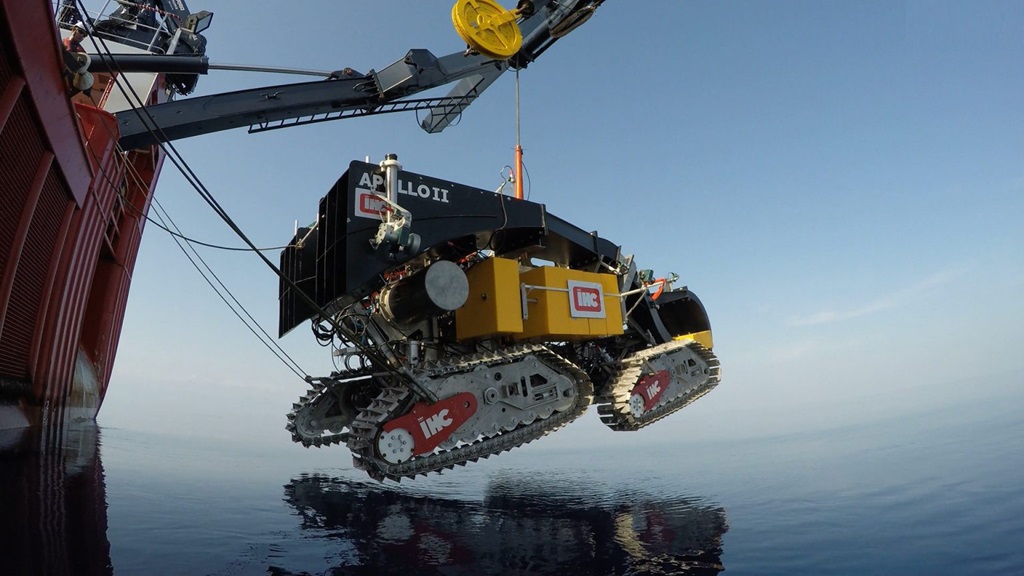
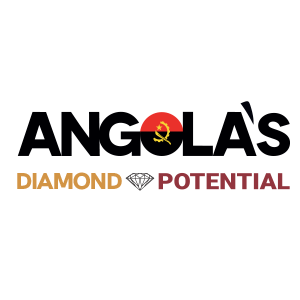

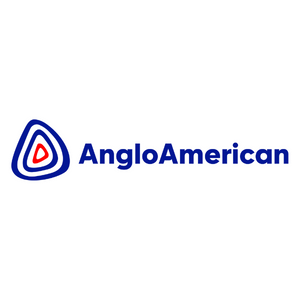

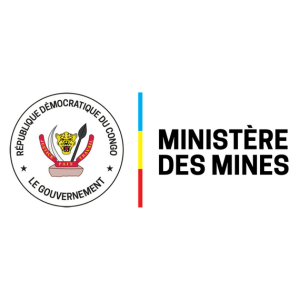



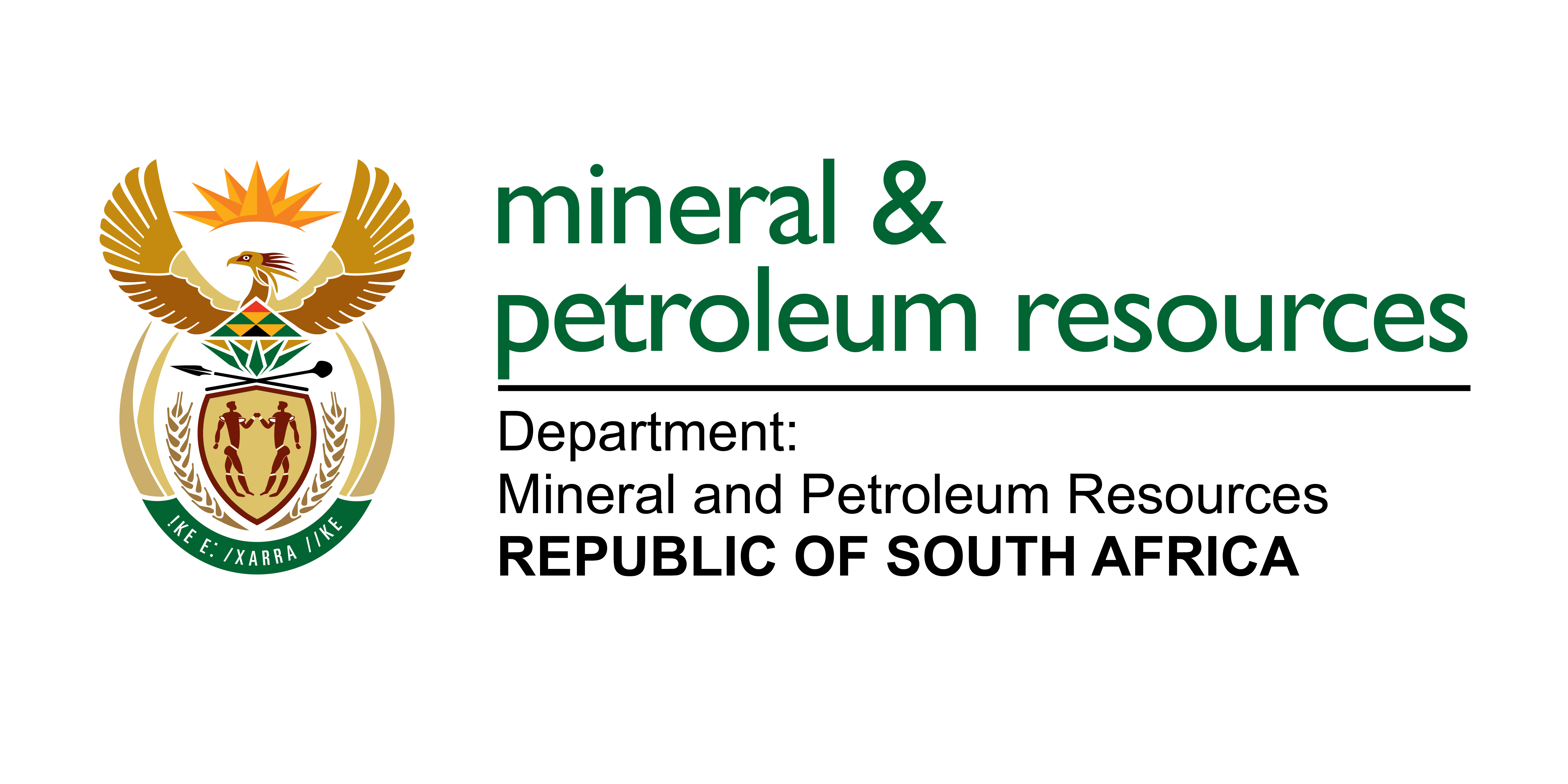-Logo_CMYK_1.jpg?width=1000&height=500&ext=.jpg)




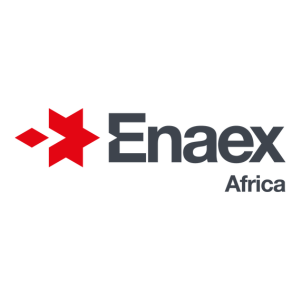


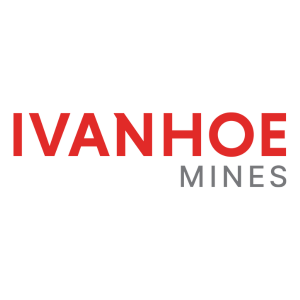
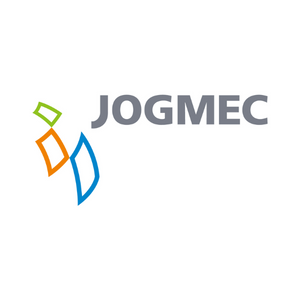

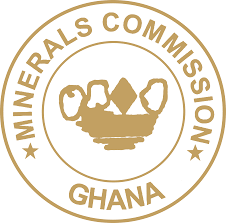
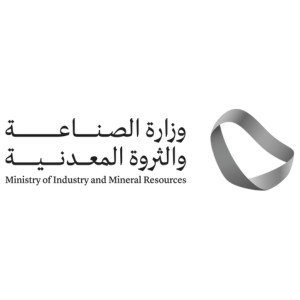
_mi25-weblogo.png?ext=.png)
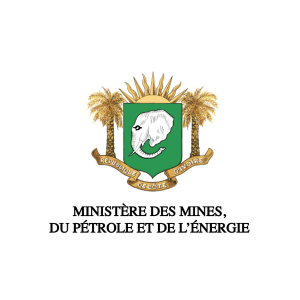
_1.png?ext=.png)




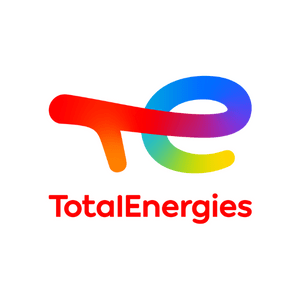





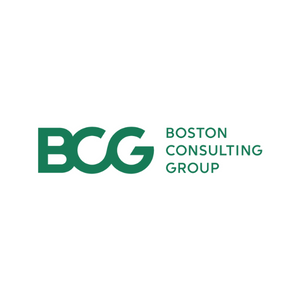





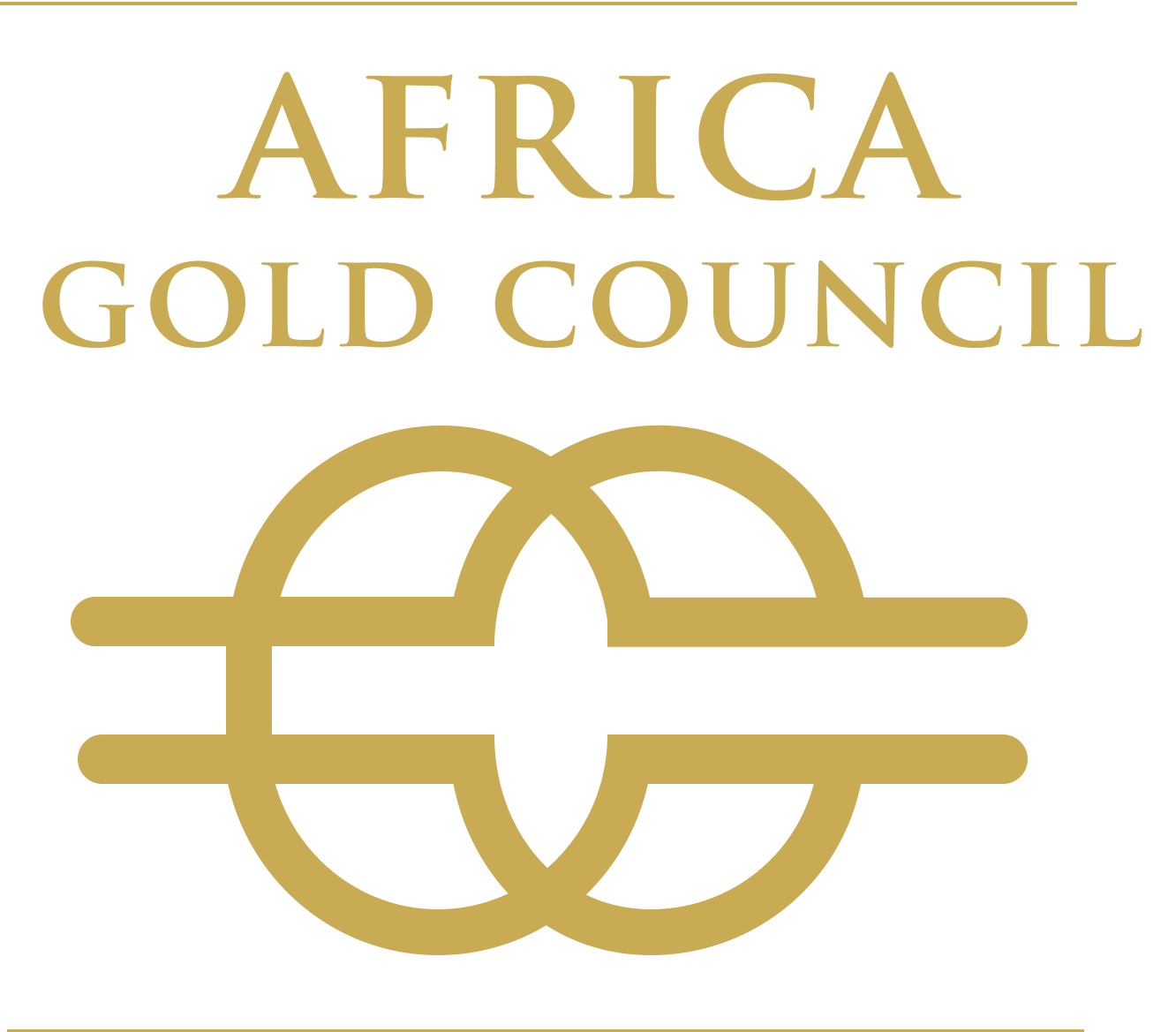




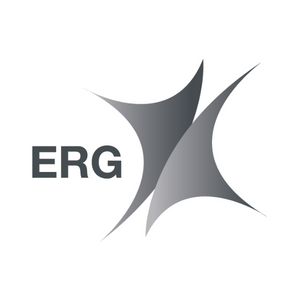







_mi25-weblogo.png?ext=.png)

